Health officials
in San Francisco are analyzing data in a recent federal
Centers for Disease Control and Prevention report showing
that the HIV incidence level has been cut
nearly in half among gay and bisexual men in the
city, to determine exactly why the drop-off in new
infections occurred, The New York Times
reports. The study, based on a survey of gay men tested for
HIV, showed the annual incidence rate dropped from
2.2% to 1.2%. Separate data collected by the Stop AIDS
Project and surveys conducted in city health clinics
also suggest new HIV infections are declining among gay men.
"We
interpret this CDC report as good news, and there are some
other encouraging trends and results of other
studies," Willi McFarland, director of the city health
department's HIV seroepidemiology unit, told
the Times. "But we definitely do need to
corroborate and independently confirm any decrease in HIV
incidence by carefully examining other data. We also
need to figure out if this is true, then why."
Health officials
believe much of the reason for the declining HIV rates
may be due to "serosorting"--through
which gay men seek and have sex only with other men of
the same HIV serostatus. If HIV-positive men are
largely having sex only with other men who are already
infected, fewer HIV-negative men are being exposed to
the virus, they say.
"Studies
have shown, when people have knowledge of their serostatus,
they take that knowledge and use it to protect their
partners," Patrick Sullivan, chief of CDC's behavioral
and clinical surveillance branch, told the
Times. "Serosorting is one piece of that whole
benefit that arises from people learning their status
through HIV testing."
Successful
antiretroviral therapy also may be playing a role in
lowering HIV infection rates by dramatically
decreasing viral levels in the bodies of HIV-positive
people and making them less likely to pass the virus
along to others through unprotected sex, researchers say.
Health officials also believe that educational
meetings and workshops, efforts to boost HIV testing
among gay men, and harm-reduction strategies for
crystal methamphetamine users could be impacting HIV
infection rates.











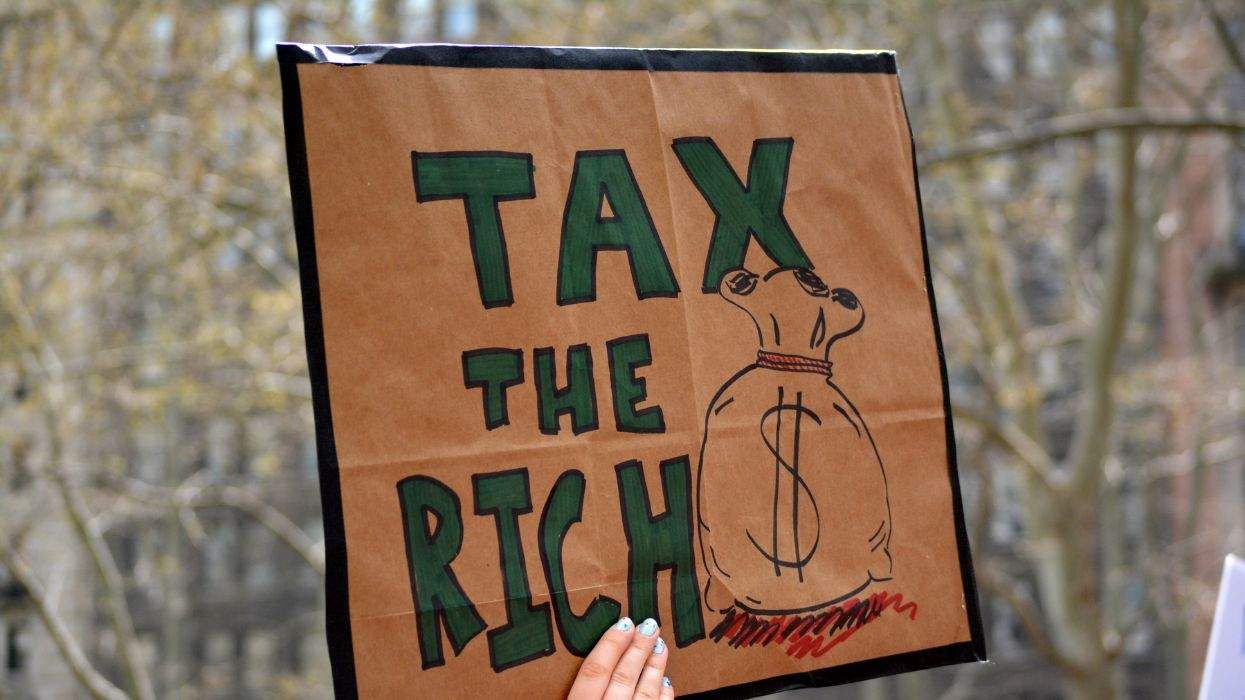
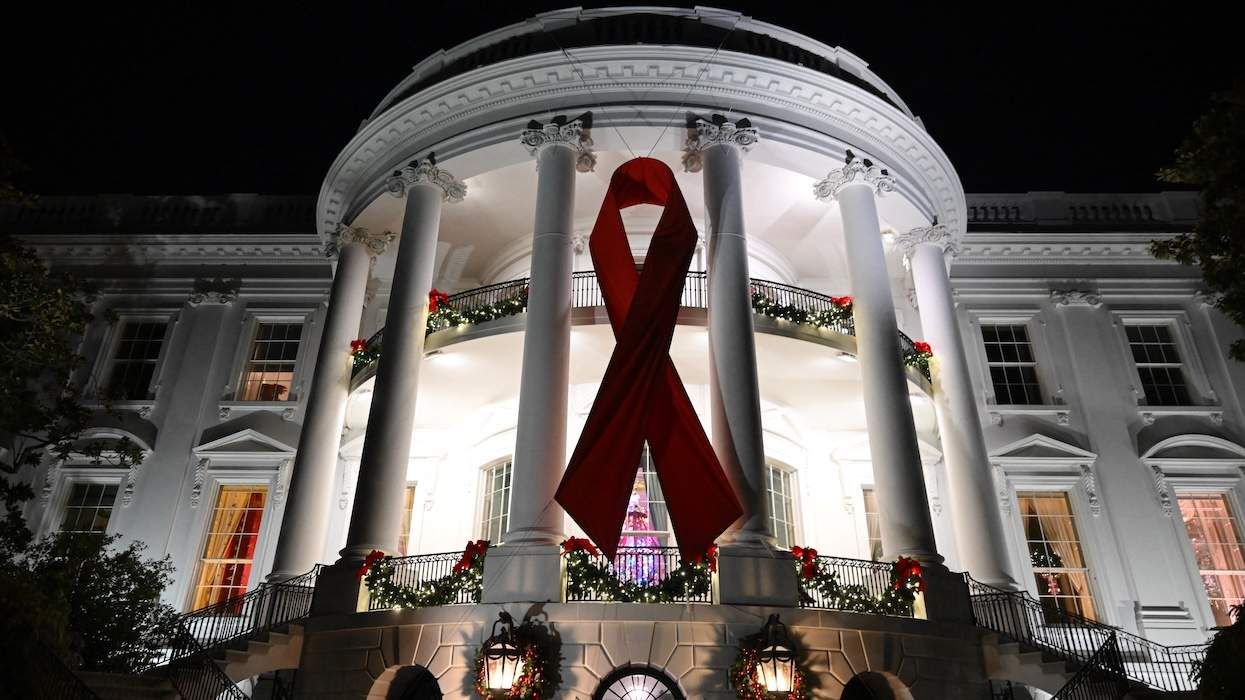

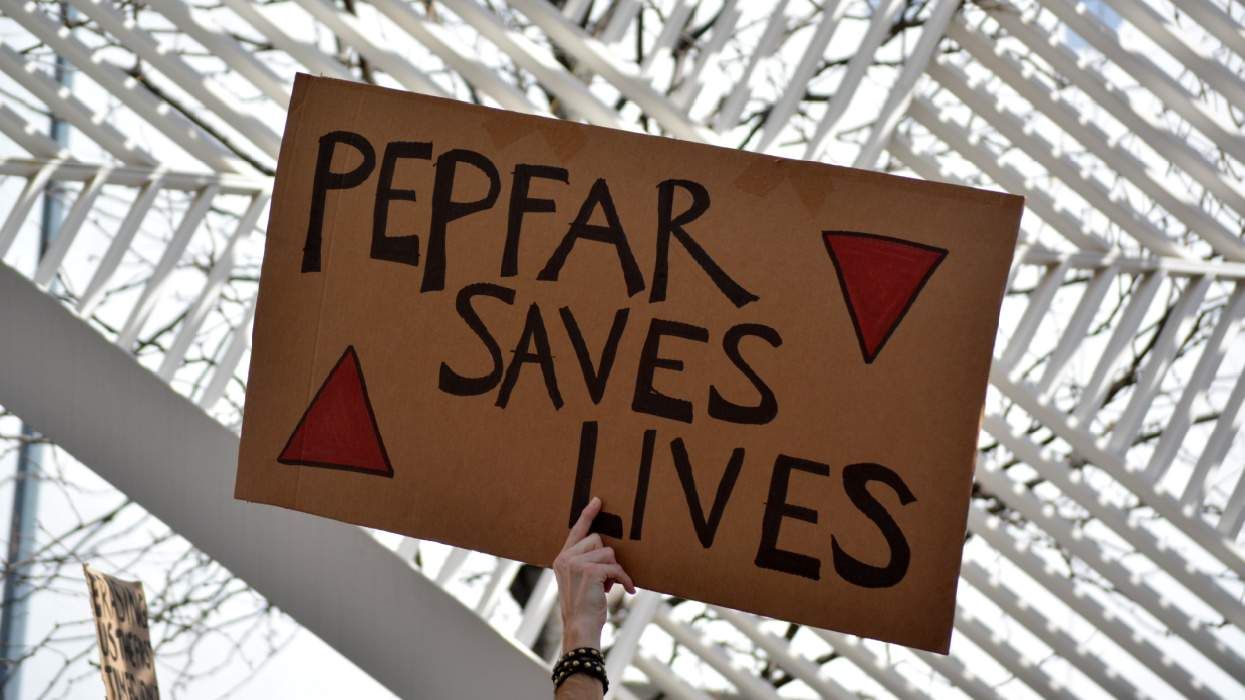

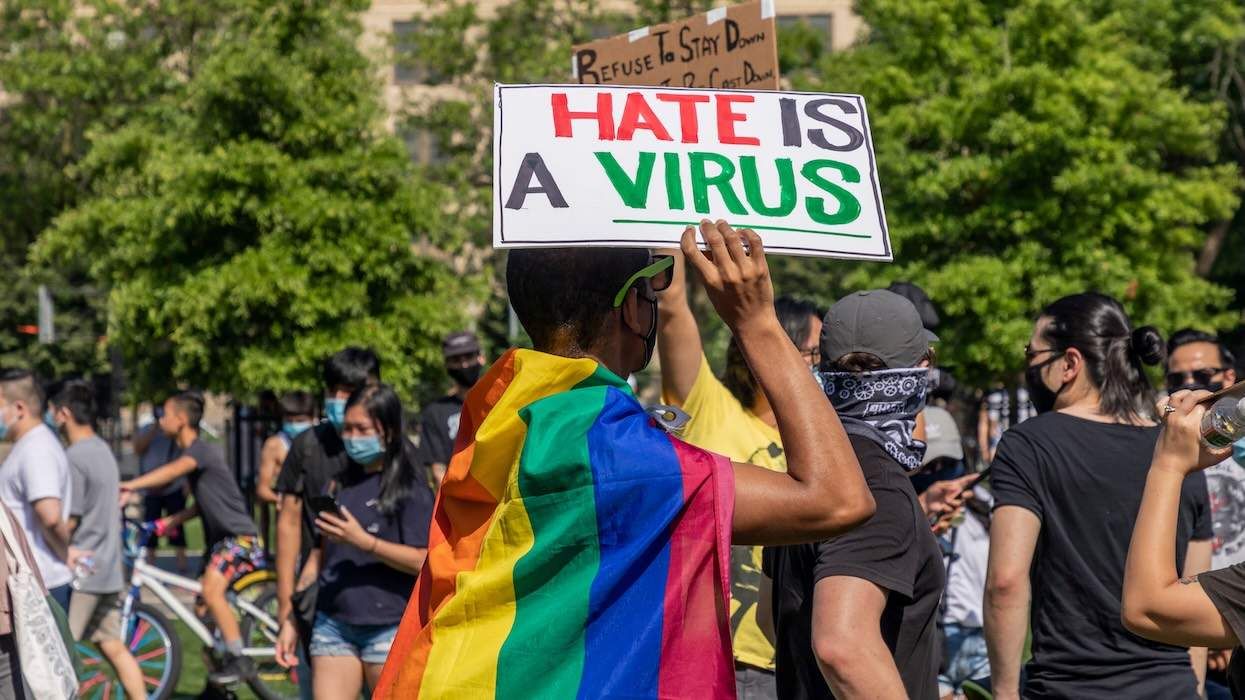





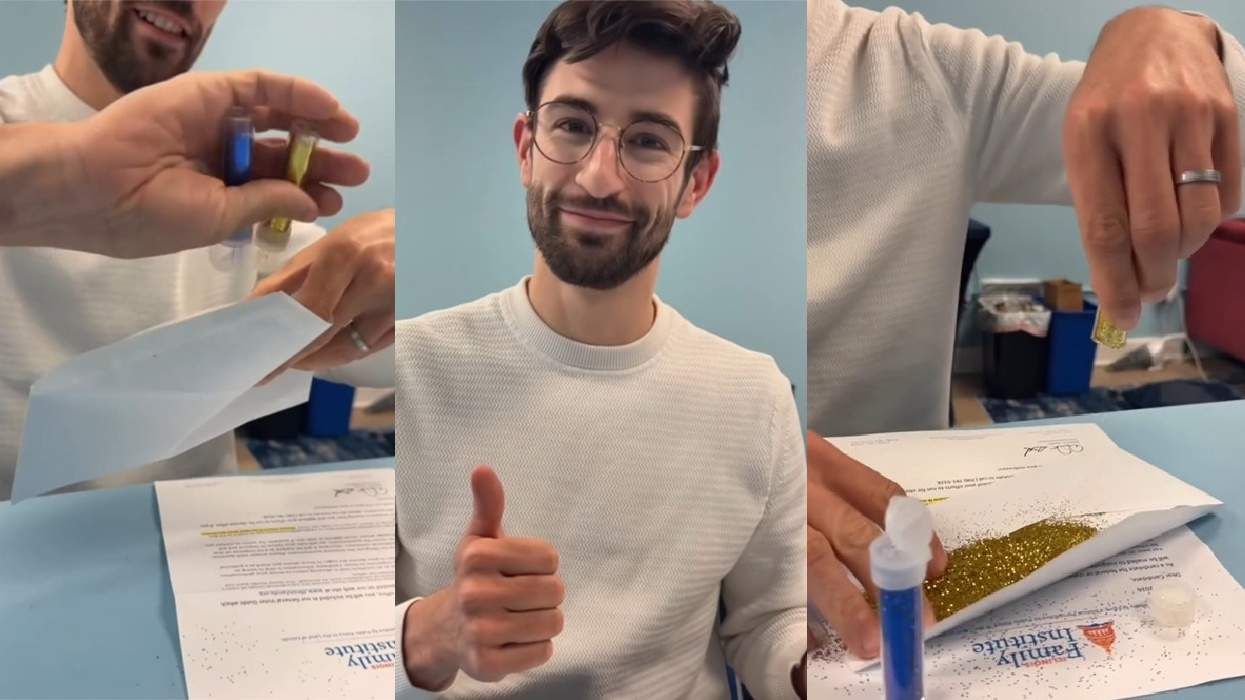












































Charlie Kirk DID say stoning gay people was the 'perfect law' — and these other heinous quotes